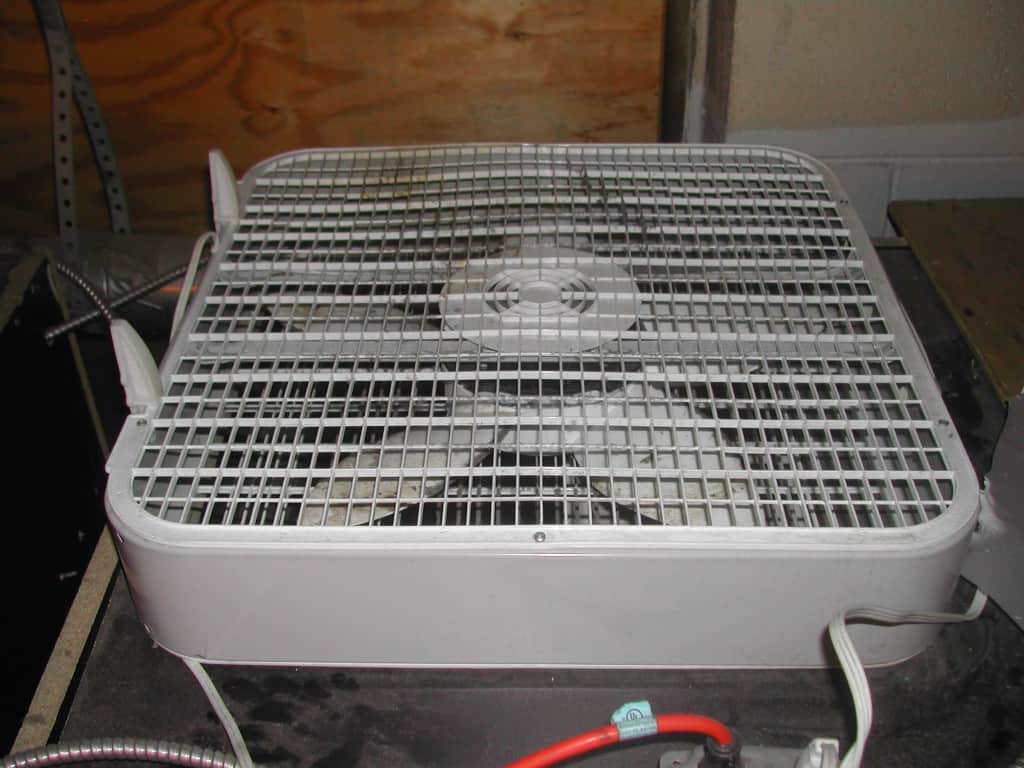There are a few basic principles involved in the process of drying screens after they have been coated.
You can make a “drying closet” out of very simple materials. Lack of sophisticated materials is not a problem when drying screens, but violation of certain principles IS a problem.
I have been in beginner’s shops and I have been in huge shops of multi-million dollar operations and I in all cases find the most problems in a shop are in the screen room. It is called “screen printing” for a reason and you have to attend to your screens. In today’s post we are talking “airflow.”
The recently coated screen has water in it and you need to get that water out by drying the screen.
You pass dry air by the screen and the screen will dry.
I have been in beginner’s shops and I have been in huge shops of multi-million dollar operations and I in all cases find the most problems in a shop are in the screen room.
To pass air by the screen you usually put the screen in some sort of closet. That can be a beautiful metal cabinet, a large wooden box of some kind, or in one large shop I saw a frame with garbage bags cut up and taped to the outside. The problems I most often see are not in any way what materials the closet is made from, but the violations of the laws of physics.
The air used to dry the screens not only has to be blowing into the closet, there has to be a way for the air to get out. This is the most common problem I see with screen closets. We visited a small shop a few years back and they were having a terrible time with screens. They had a huge fan blowing into a dark closet. They would stand in the closet and there was a virtual gale force wind blowing. However, what they weren’t thinking about was the fact that once the door closed there was no way for air to get out of the closet and they basically had no airflow whatsoever. They could have had a jet engine for a fan and they still would not have had air flowing in the closet. The air has to be able to get out somehow.
Usually the lack of circulation isn’ t quite that obvious. Often I have seen closets built that have racks for screens that just barely fit the screens. Then when you fill the closet and turn on the fan, the coated screens block the airflow, sometime almost entirely. We use a system of offsetting the screens that allows airflow in the whole closet.

We use a simple system at of box fans on top of the closet and vent pipes at the bottom that let the moist air outside the building. If you evacuate the air into the screen room you are then increasing the humidity in what should be a dry room (under 50% humidity) so if possible you want to vent the air outside, not into the room.

One last thing on airflow– whether you put a fan pushing air into the closet or a fan drawing air out there is not one bit of difference in the total air flow created in the closet. However, it does make sense to have the fans blowing into the closet be stronger than the fans blowing out. Having even slightly more power inward, there will be a positive pressure in the closet and dust will not enter the closet from around the doors and other cracks in the closet, or when the door is opened.


Why don’t you put a standard HVAC set of Dust Filters that you buy from Grainer inexpensively by the box, and put that in front of the Box Fan that is blowing the air downward, to trap any unwanted dust and other particles ?
And still keep your Positive Pressure, and change the Standard Dust Filters when they start to look like they are getting filled with dust and other particles ?